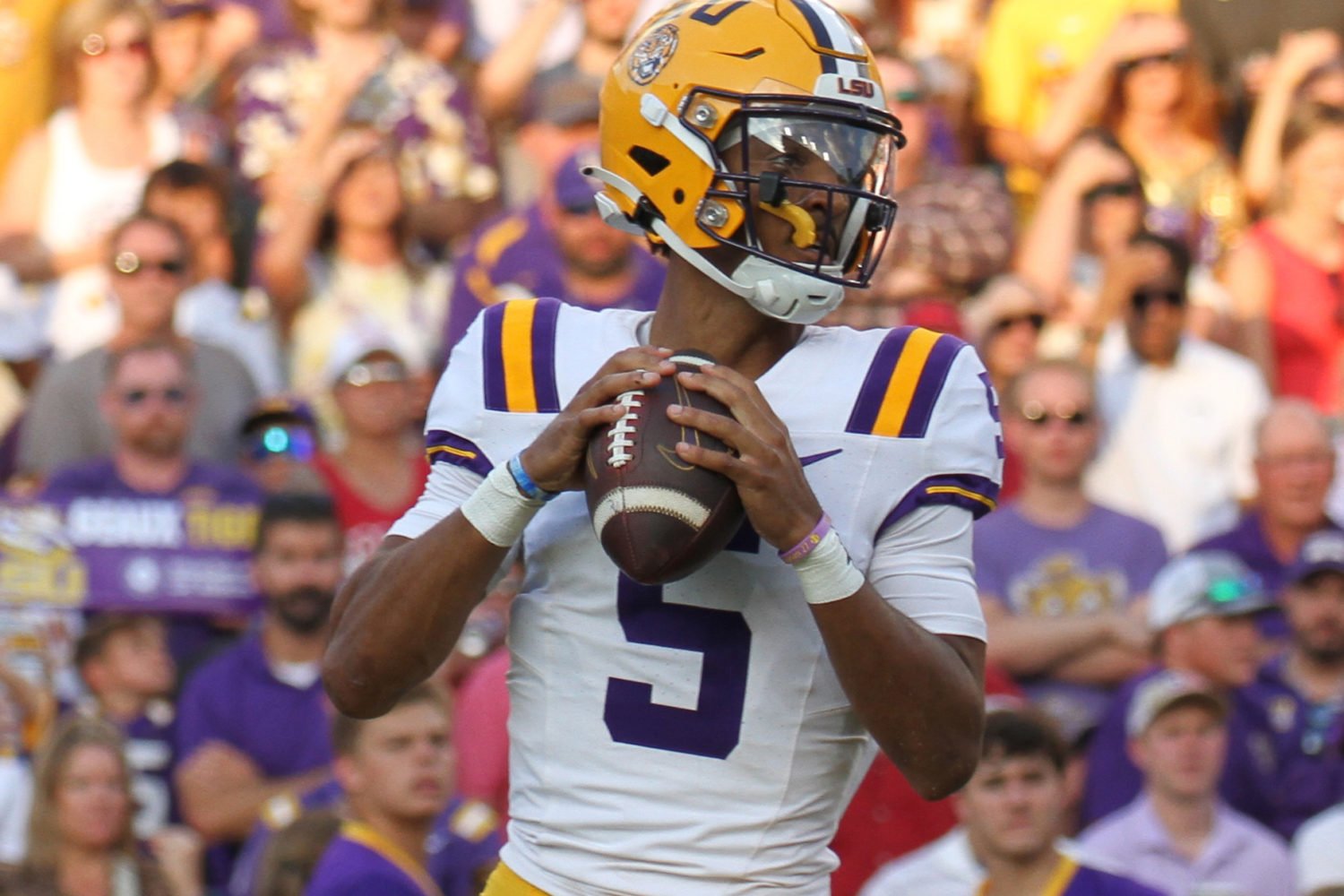Last month I received a promotional offer from a well-known Internet retailer notorious for quoting “point scores” of wine critics to help sell its wines. The ad was for the 2005 Chateau Margaux, the most-hyped wine from the most-hyped Bordeaux vintage in history.
James Suckling of Wine Spectator had lauded the 2005s as “some of the best I have tasted in my career.” France’s leading Bordeaux expert, Jean-Marc Quarin, had allotted the vintage a rare 100 points. In his 2005 Bordeaux report, Robert Parker asked, “Is 2005 the perfect vintage?”
The promotional offer was accompanied by this pitch: “We have a tiny (and I mean tiny!) allocation of the amazing 2005 Chateau Margaux . . . at one of the best prices anywhere. The consensus ‘wine of the vintage.’ The only real problem is getting any. We have a little over a case left. For now.”
The only real problem with the offer was the price: $700 a bottle.
Seven hundred dollars isn’t what you pay for a bottle of wine; it’s what you pay for a weekend in Paris. And when that bottle is fully mature, the value of that purchase might be enough to buy a car. And it’s not as though you’re buying exclusivity: Chateau Margaux produces 150,000 bottles of the Grand Vin a year.
So if the wine isn’t all that rare, why is it so expensive?
Great red Bordeaux has been in demand for centuries, but our preoccupation with first-growths dates back to a 19th-century PR campaign. In 1855, Napoleon III and the Bordeaux Chamber of Commerce decided it would create more of a stir for its wines at the Paris exposition by “classifying” them into five categories based on selling price. The “first growths”—which included Chateau Margaux—were the wines for which merchants charged the most, the “second growths” were the next price level down, and so on. When you hear people talk about a classified Bordeaux today—a “fifth-growth,” for example—they’re referring to this 150-year-old piece of salesmanship.
As irrelevant as this might seem today, many of the prices remain tied to the classifications. In the 2005 vintage, the first-growths are fetching prices in the $400-to-$800 range, whereas the second-growths are commanding a mere $150 to $200. If those prices make you pine for the good old days when top Bordeaux were a lot less expensive, you won’t need a long memory: Prices for nearly all the classified Bordeaux have doubled since the last vintage—that’s right, doubled.
How has this bubble developed in just one year? The answer, according to Ed Sands, owner of DC’s Calvert Woodley Wines: The Bordeaux chateaux recognized the demand for the highly touted 2005 vintage and took full advantage of it. “Frankly, what they’ve done,” he says, “is take all the profit that’s in the normal wine-distribution chain and keep it for themselves. They priced the wines so high that there’s very little for anyone else.”
Sands, who has been selling Bordeaux since the 1966 vintage, says he declined to stock wines he’s sold for the past 40 years—second-growths like Montrose, Pichon-Lalande, Ducru-Beaucaillou —“because I felt they no longer represented good value.”
Mark Wessels, Bordeaux buyer for DC’s MacArthur Beverages, concurs. “Loyal customers who have been buying Bordeaux for 20 years are opting out,” he says. “At $150 to $200 for second-growths, both retailers and consumers are simply being shut out of the market. The prices are just insane.”
This year Mike Tilch of Silesia Liquors in Fort Washington isn’t offering Bordeaux futures—wine that can be bought before the bottles are shipped. “Prices are beyond belief,” he says. “We old-timers are having a hard time grasping the current state of things. We’ve been doing this for 30 years, and we’re used to price increases, but this is beyond madness.”
So what’s the Bordeaux lover to do? Rather than lamenting “I can never drink Bordeaux again,” start buying older vintages, which suddenly look like bargains. Both Calvert Woodley and MacArthur have stockpiles of older Bordeaux from the fine 2002, 2001, and 2000 vintages for less than half the price of the 2005s. And they’ll be ready to drink many years sooner.
Once you look beyond the classified growths, the 2005s are not all that expensive. Take advantage of the fact that 2005 was a great vintage across the board and turn toward the Bordeaux satellite appellations. Many of the Petits Chateaux will retail for $10 to $15, and the Crus Bourgeois for $20 to $25. For the money, they’ll be outstanding; you’d be hard pressed to find anything better at that price. Calvert Woodley and MacArthur are offering an excellent selection of these unclassified Bordeaux as futures, and Silesia will be selling them as they arrive in October.
Restaurants should be buying these wines by the truckload. It would be every wine lover’s dream to open a list and discover a treasure trove of these “lesser” Bordeaux—affordable and undervalued wines from the great 2005 vintage.

















